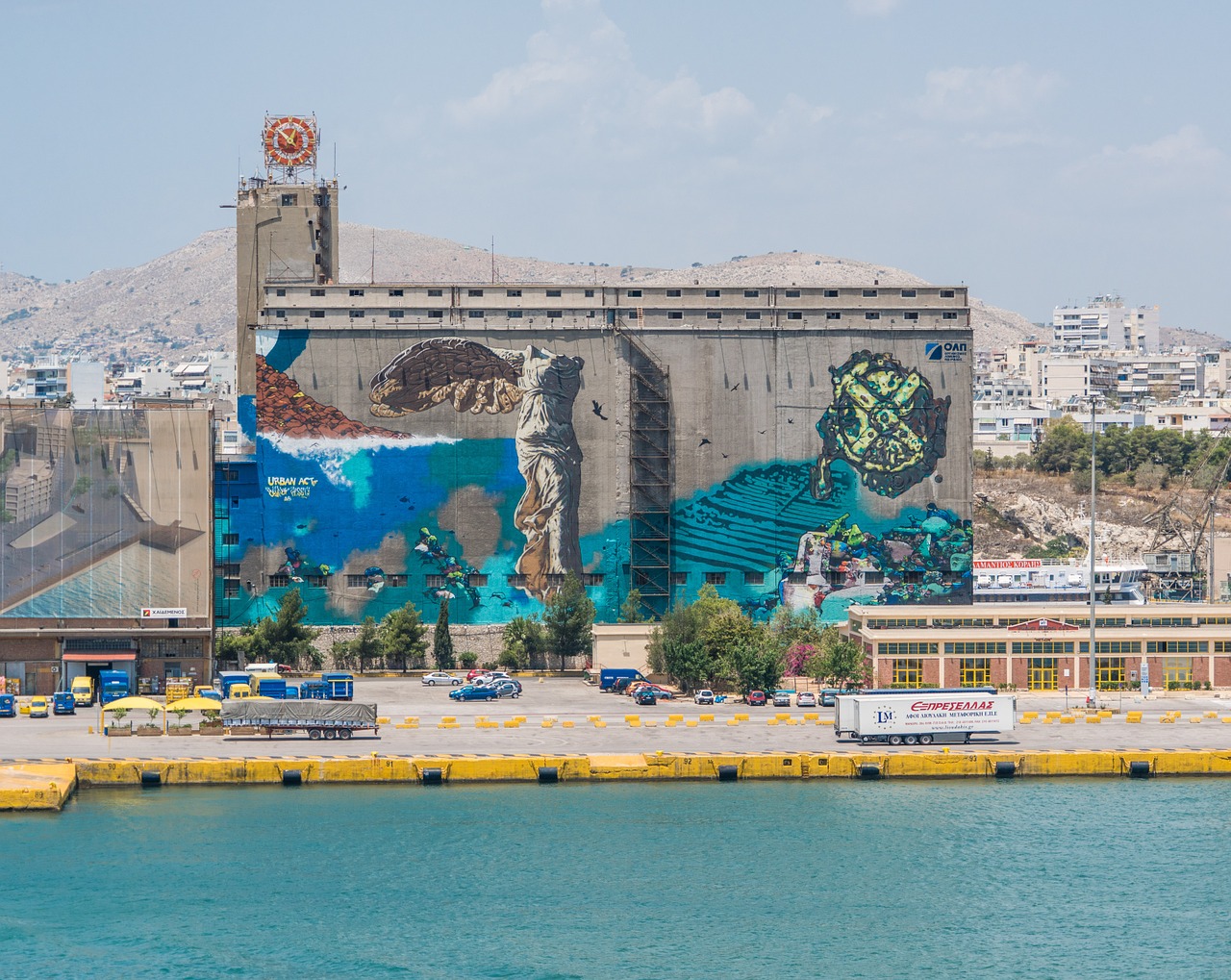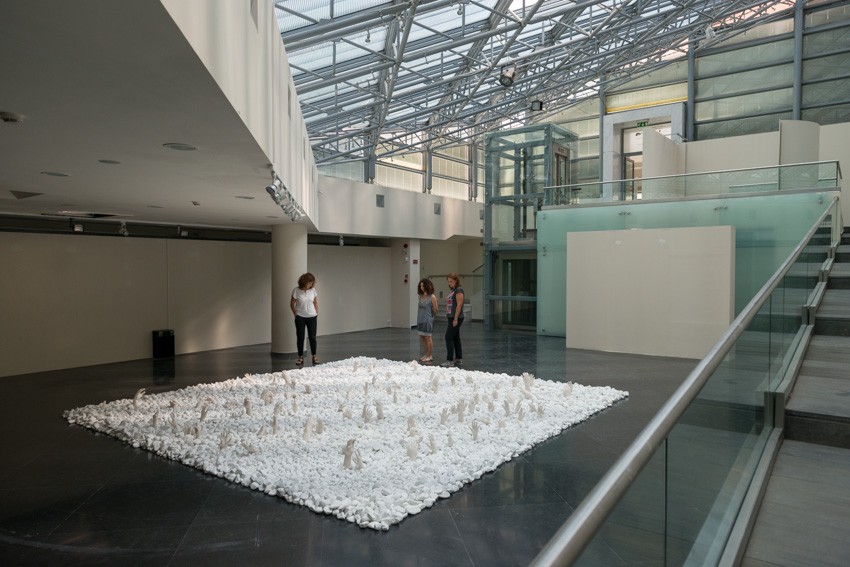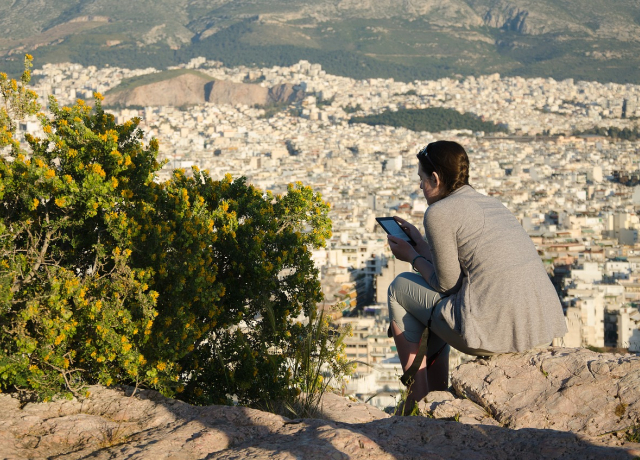Greece Reopens a Dialogue Between Cultural Heritage and Urban Life
Greece Reopens a Dialogue Between Cultural Heritage and Urban Life
Over 100 events are already scheduled for the most amazing heritage weekend in Greece and the programme is still growing.
Between 28 and 30 September, the land of gods will be celebrating European Heritage Days with an open access to its most remarkable cultural and historic landmarks. Athens, Thessaloniki, and Piraeus are just some of the towns whose art, history, architecture, and archaeology will be on display during this creative weekend.
In addition to sites that traditionally participate in the festival, this year will bring a lot of new experiences as well. One of them is a creation of six inspiring murals that will mark this year’s heritage celebrations in Athens, Thessaloniki, and Ioannina.
Visualizing the Dialogue between Past and Present

As one of 37 European Year of Cultural Heritage activities of the Hellenic Ministry Of Culture and Sports, the creation of six murals will be one of the spotlights of this year’s heritage celebrations in Greece.
Three cities will get mural paintings that open a dialogue between cultural heritage, urban spaces, and modern life. The paintings will be created using special augmented reality technologies, which will breathe a new life into 2D traditional frescos by transforming them into a computer generated moving vision (3D).
Each of the cities will have two of these majestic visualisations in selected public places to inspire as many people as possible to discover the value of cultural heritage. The event will be held during three weekends, with one of these being European Heritage Days weekend.
The theme of Cities/POLeIS

Photo credits: Archaeological Museum of Thessaloniki
Fro the second year in a row, the European Heritage Days events in Greece will be held under the theme of Cities/POLeIS. Celebrating urban life, the theme discusses the relationship between traditional and modern, providing a new frame to observe both cultural heritage and modern society.
Last year, one of the title attractions dedicated to this theme was the POLeIS installation presented at the Archaeological Museum of Thessaloniki. Created by the visual artist Anni Kaltsidou, the 5x5 meters composition presented motives of distinction and unification through numerous hands of different shape, gender, and age. According to the artist, the structure celebrated living while at the same time represented “the polysemy of cities as places of departure and arrival, home and abandonment, communication and internal desertion, where every citizen is also apolis, i.e. a non-citizen.”
This year, the concepts presented by the sculpture are more than appropriate as they can be associated with togetherness and sharing which is the main theme of both European Heritage Days and European Year of Cultural Heritage.
Coordinated by Directorate of Archaeological Museums, Exhibitions and Educational Programs of the Hellenic Ministry of Culture and Sports since 1994, European Heritage Days in Greece represent one of the best ways to explore the ancient past and contemporary Greek culture. With new themes and approaches being foregrounded every year, the festival remains attractive and relevant for people of different ages and interests. In its 24th edition, the events will open an array of new topics that will keep heritage at the centre of cultural discussions.
